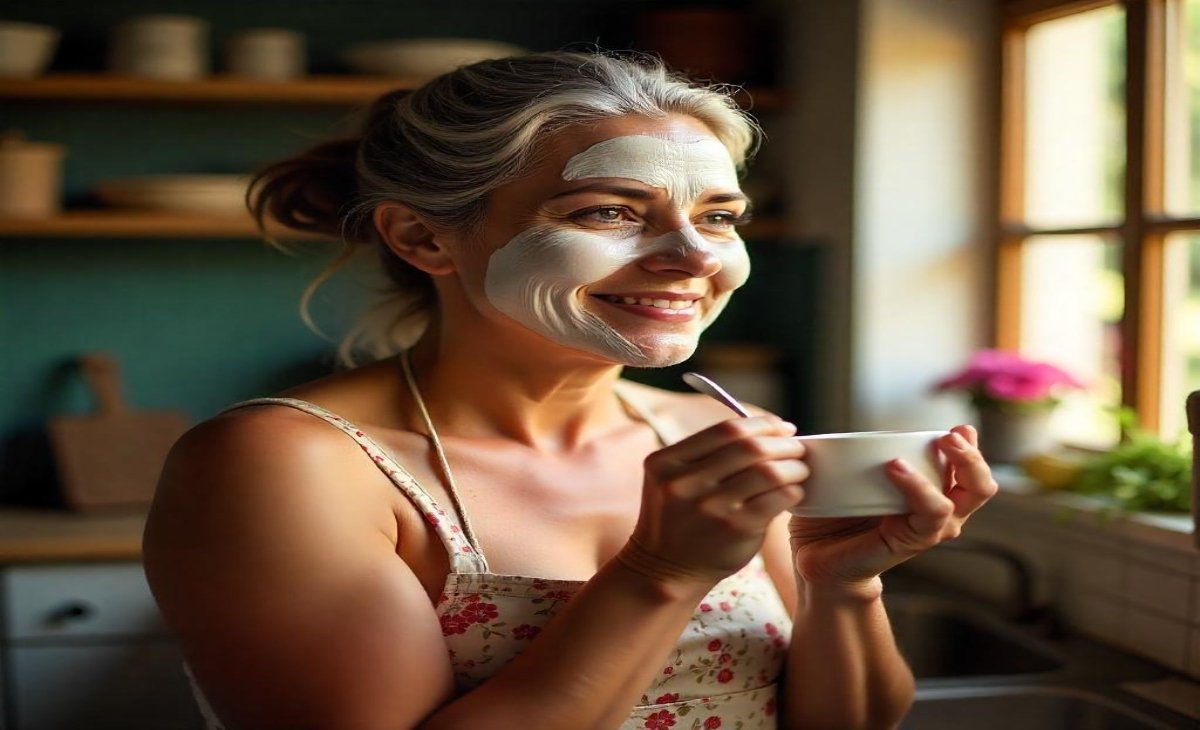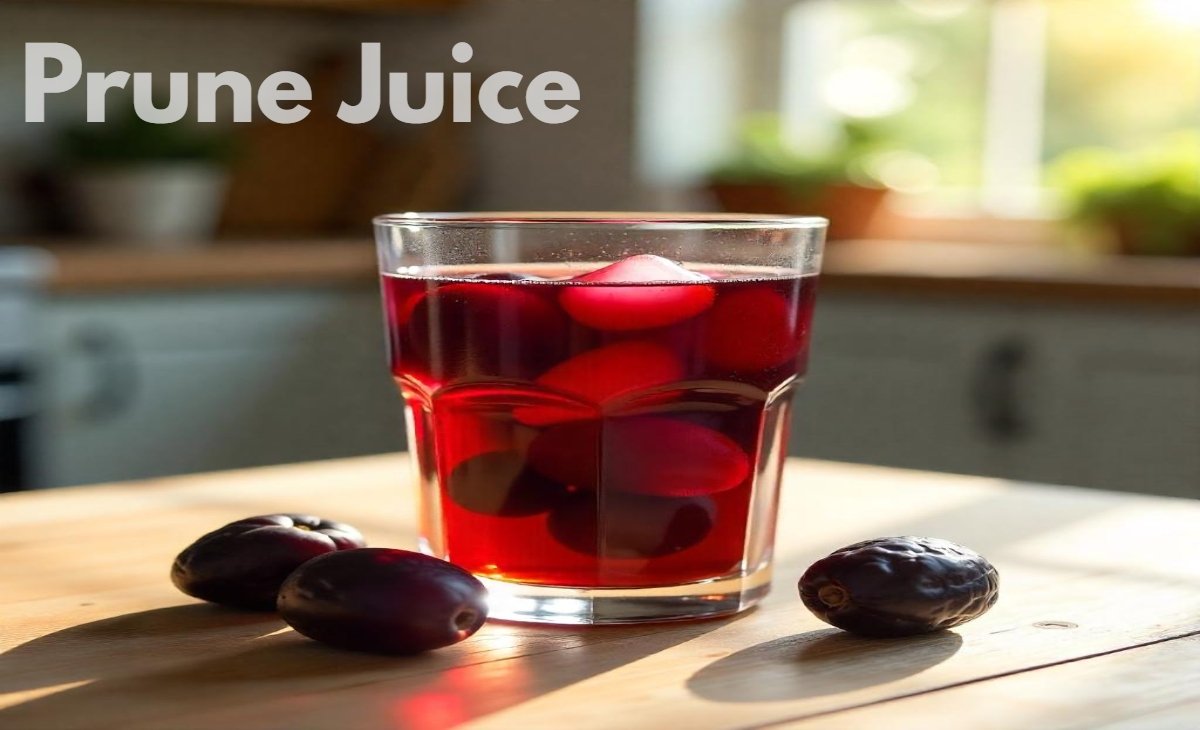Understanding Melanin and Skin Pigmentation
Melanin is the pigment responsible for skin color, produced by melanocytes in the epidermis. While it protects against UV damage, excess melanin can lead to hyperpigmentation, dark spots, and uneven skin tone. Many seek ways to reduce melanin in skin for a lighter, more uniform complexion. This guide explores safe and effective methods to achieve balanced pigmentation.
Natural Ways to Reduce Melanin in Skin
Nature offers several remedies to help reduce melanin in skin. Aloe vera contains aloin, which inhibits melanin production. Applying fresh aloe gel daily can lighten dark spots over time. Licorice root extract, rich in glabridin, suppresses tyrosinase activity, reducing pigmentation. Turmeric, with its curcumin content, has skin-brightening effects when used as a mask. Green tea extract, packed with antioxidants, also helps in decreasing melanin synthesis.
Topical Treatments for Melanin Reduction
Dermatologist-recommended topical treatments can effectively reduce melanin in skin. Hydroquinone, a widely used depigmenting agent, blocks melanin production but should be used under supervision. Kojic acid, derived from fungi, inhibits tyrosinase and is gentler than hydroquinone. Vitamin C serums brighten skin by neutralizing free radicals and reducing oxidative stress. Retinoids promote cell turnover, gradually fading hyperpigmentation. Always perform a patch test before using new products.
Professional Procedures to Lower Melanin Levels
For faster results, clinical treatments can help reduce melanin in skin. Chemical peels, using glycolic or salicylic acid, exfoliate the top layer, revealing lighter skin. Laser therapy targets melanin deposits, breaking them down for gradual fading. Microdermabrasion removes dead skin cells, improving texture and tone. Intense Pulsed Light (IPL) therapy reduces pigmentation by targeting melanin with light energy. Consult a dermatologist to determine the best procedure for your skin type.
Diet and Lifestyle Changes for Balanced Melanin
Nutrition plays a key role in regulating melanin production. Foods rich in antioxidants, such as berries, citrus fruits, and leafy greens, help combat oxidative stress that triggers excess pigmentation. Staying hydrated maintains skin elasticity and reduces dark patches. Avoiding excessive sun exposure prevents UV-induced melanin spikes. Wearing broad-spectrum sunscreen daily is crucial in any effort to reduce melanin in skin naturally.
Risks and Precautions When Reducing Melanin
While reducing melanin in skin is possible, improper methods can cause harm. Overusing bleaching agents may lead to irritation, redness, or ochronosis (paradoxical darkening). Harsh treatments can strip the skin’s natural barrier, increasing sensitivity. Always follow professional advice and opt for gradual, safe approaches. Embrace skin health over drastic lightening, as melanin is vital for UV protection.
Conclusion: about How to Reduce Melanin in Skin
Reducing melanin in skin requires a balanced approach—combining natural remedies, topical treatments, and professional care. Patience is key, as melanin reduction is a gradual process. Prioritize skin health by using sunscreen, maintaining a nutrient-rich diet, and consulting dermatologists for personalized solutions. Embrace your natural beauty while working towards a radiant, even complexion.




